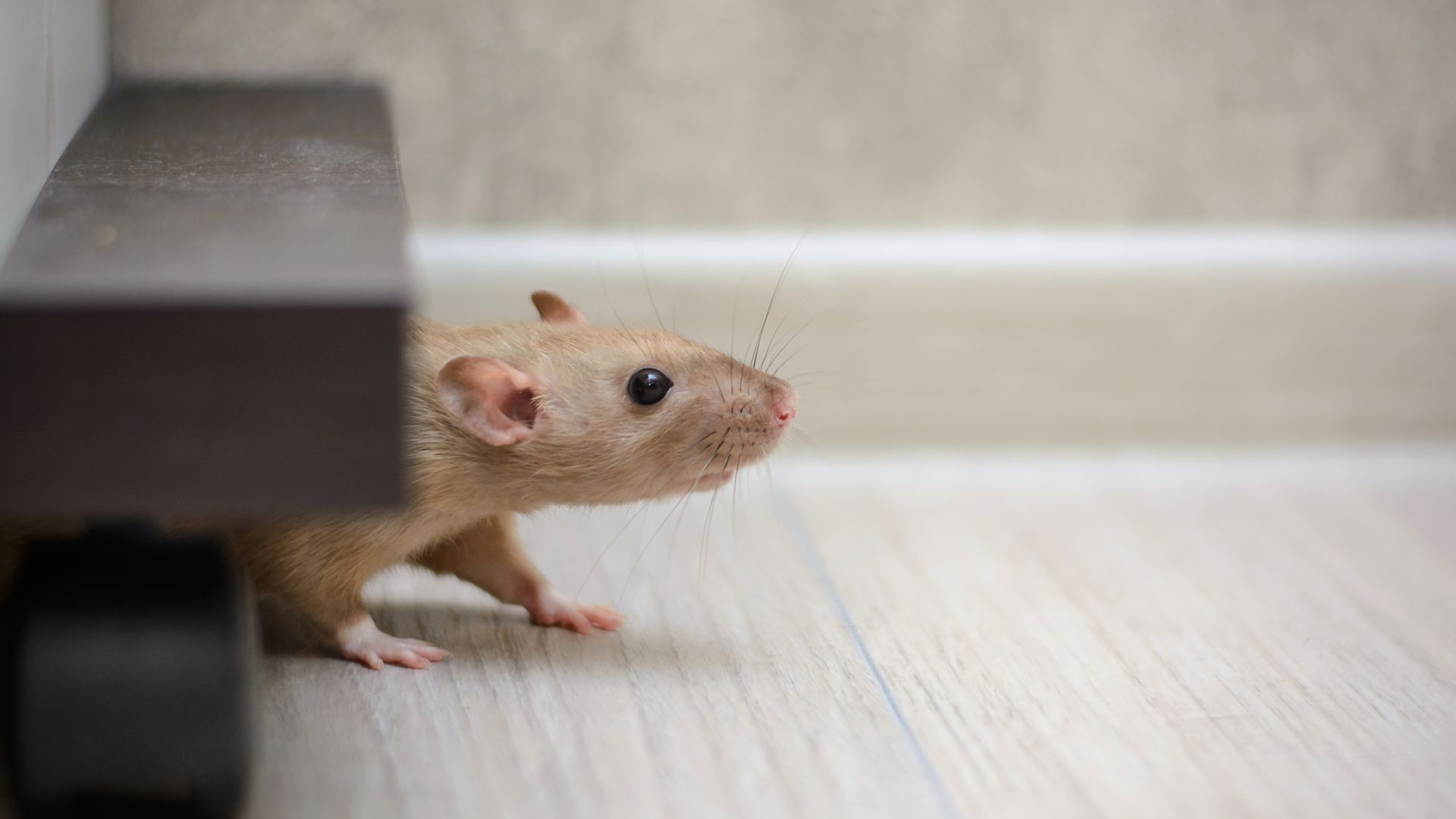Wasps are carnivorous insects, and their diet primarily consists of other insects, spiders, and various arthropods. However, wasps' specific food preferences can vary depending on the species and the stage of their life cycle. Here are some examples of what wasps eat:
Adult Wasps:
Protein: Adult wasps primarily feed on protein-rich food sources. They hunt and capture a variety of insects and arthropods, such as caterpillars, flies, moths, and aphids. They use their powerful mandibles to chew and consume these prey items.
Nectar: In addition to protein, adult wasps also have a sweet tooth for nectar. They visit flowers to feed on nectar, and in doing so, they inadvertently help with pollination.
Larval Wasps:
Protein: Female wasps provision their nests with paralyzed insects or spiders as a food source for their developing larvae. They sting and paralyze the prey before placing it in the nest. The larvae then feed on these paralyzed insects, which provide them with the necessary protein for growth and development.
Sugar: Some adult wasps also feed on sugary substances, like fruit juices and overripe fruits. They may scavenge for sweet sources to satisfy their energy needs.
Social Wasps (e.g., Yellowjackets and Hornets):
Social wasps are known to scavenge for human food, especially during late summer and early autumn. They are attracted to sugary foods, such as soda, fruit, and desserts, as well as protein-rich foods like meat scraps and pet food. This behavior can lead to encounters with humans, which may necessitate pest control services.
Wasps play a valuable ecological role by helping control populations of pest insects. However, when they build nests near human habitats or become aggressive, they can pose a threat and may require professional pest control services. If you're dealing with a wasp infestation or nest near your property and need assistance, don't hesitate to contact a pest control expert to safely address the issue.
In addition to their primary diet of other insects, spiders, and nectar, wasps may occasionally consume a few other food items based on their availability and circumstances. Here are some more examples of what else wasps may eat:
- Fruits: While wasps are primarily carnivorous, some species are attracted to overripe fruits and fruit juices. They may visit orchards or gardens to feed on fallen or damaged fruits, especially if these fruits have a sugary aroma. However, their fruit consumption is usually secondary to their preference for protein.
- Sap: Some wasp species have been observed feeding on tree sap. They may tap into tree wounds or openings in bark to access the sugary sap. However, this behavior is not as common as their preference for nectar and protein-rich prey.
- Carrion: In certain situations, particularly during late summer and early autumn, social wasps like yellowjackets may scavenge on carrion or dead animals. They are attracted to the decomposing flesh and may feed on it. This scavenging behavior can bring them into contact with human food, which can lead to nuisance issues.
- Human Food: Social wasps, especially yellowjackets and hornets, can be attracted to human food items. They are known to hover around picnics, outdoor meals, and garbage cans, where they may consume sugary drinks, desserts, or meat scraps. This behavior can lead to unwanted interactions with humans and may necessitate pest control measures.
Wasps have a diverse diet, and their role in ecosystems as predators of pest insects is significant. However, when their foraging behaviors bring them into close proximity to humans or when they establish nests near human dwellings, it can lead to conflicts and the need for pest control services to ensure safety and mitigate potential stinging incidents. If you encounter issues with wasps around your property or require professional pest control services, consider contacting a pest control expert for assistance.

